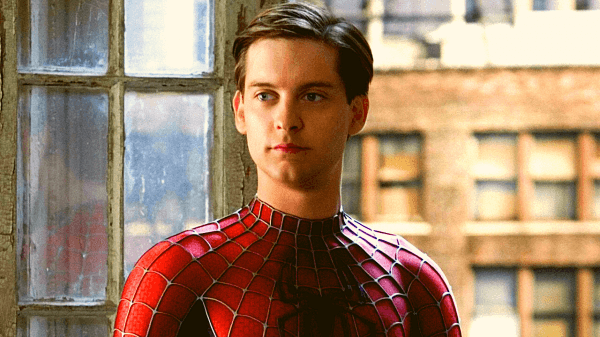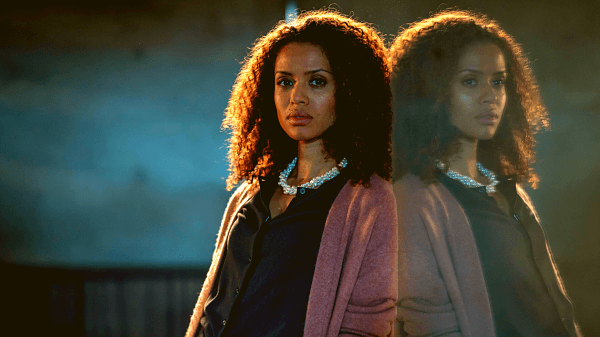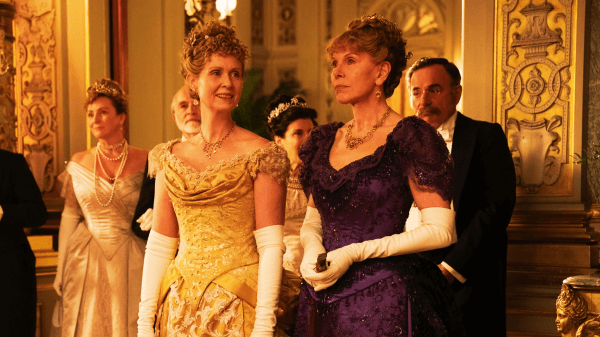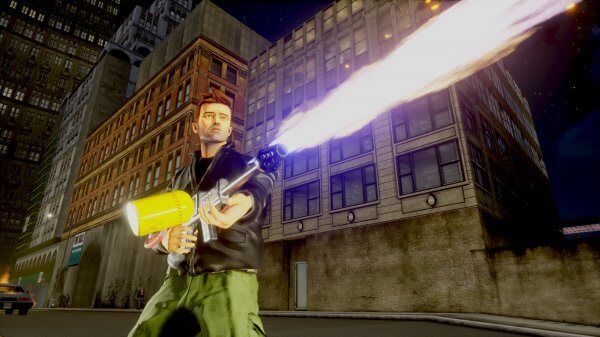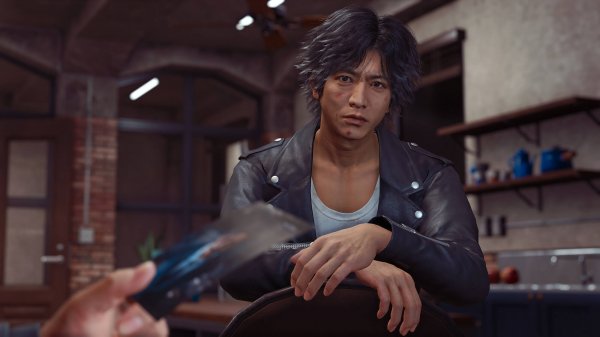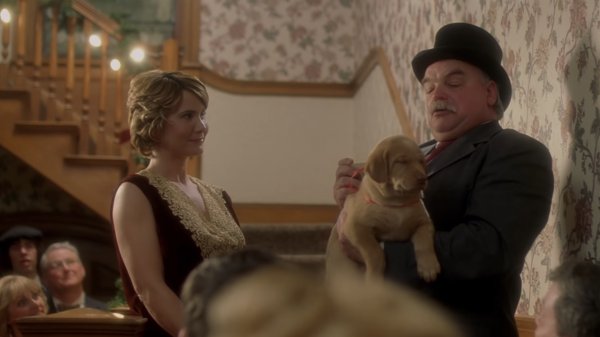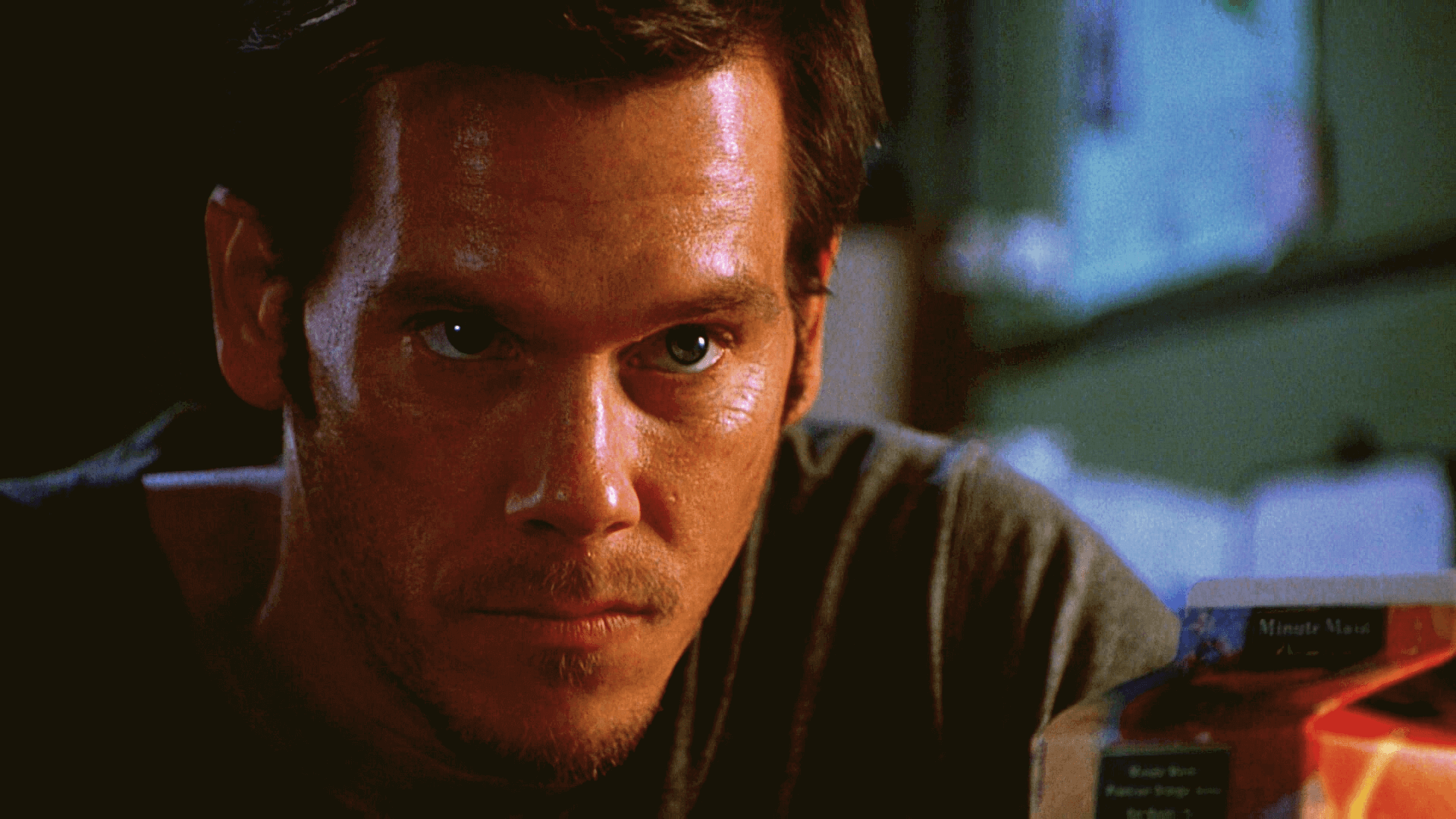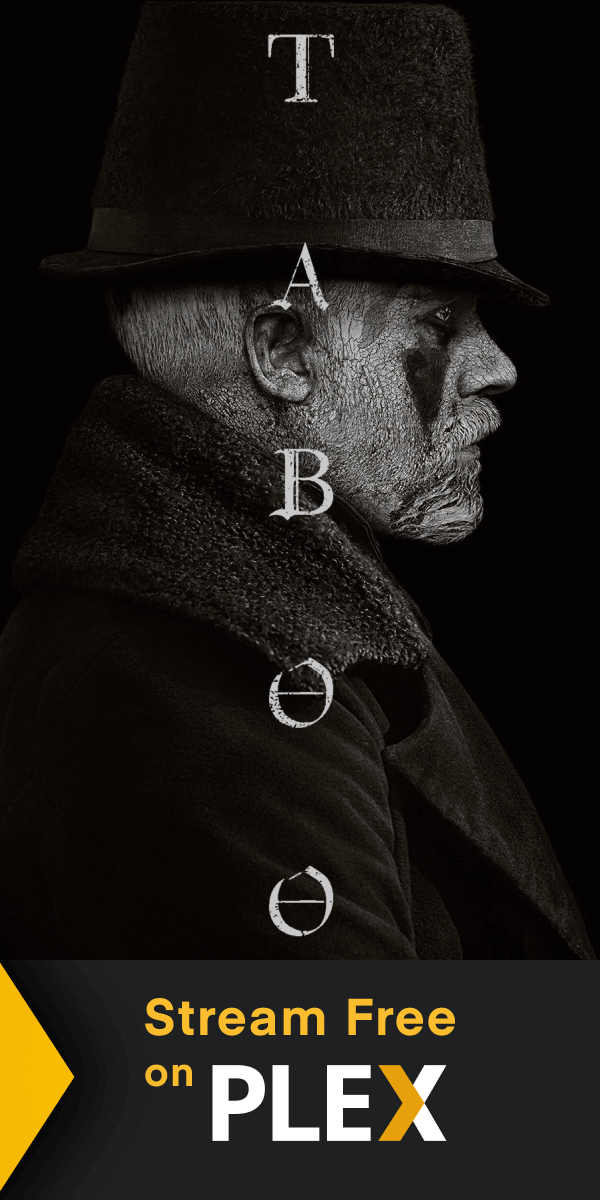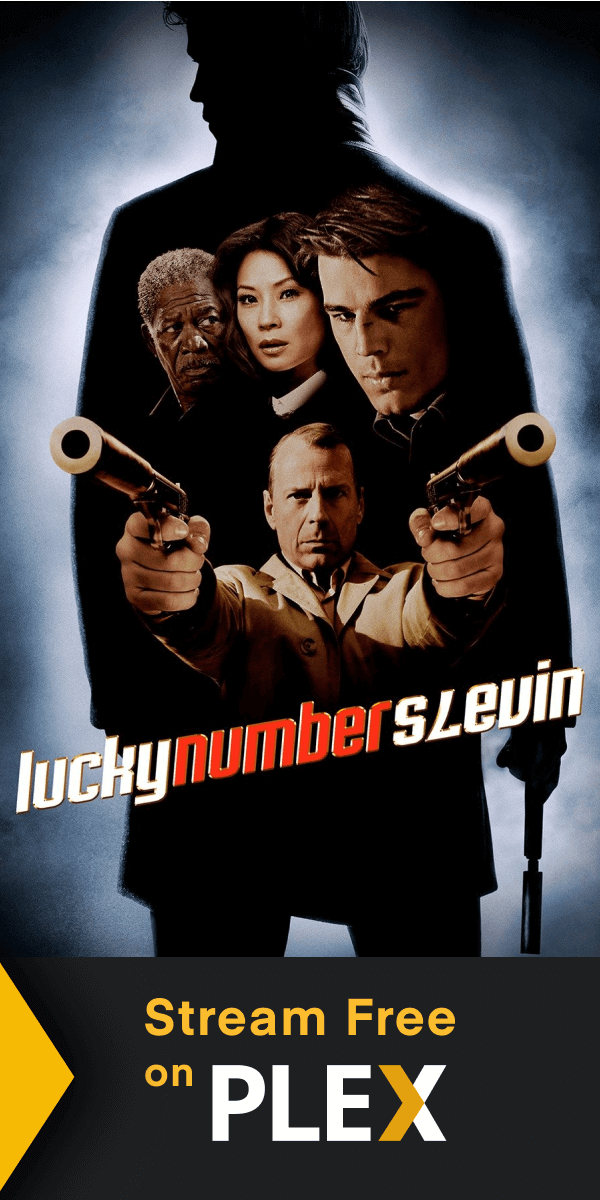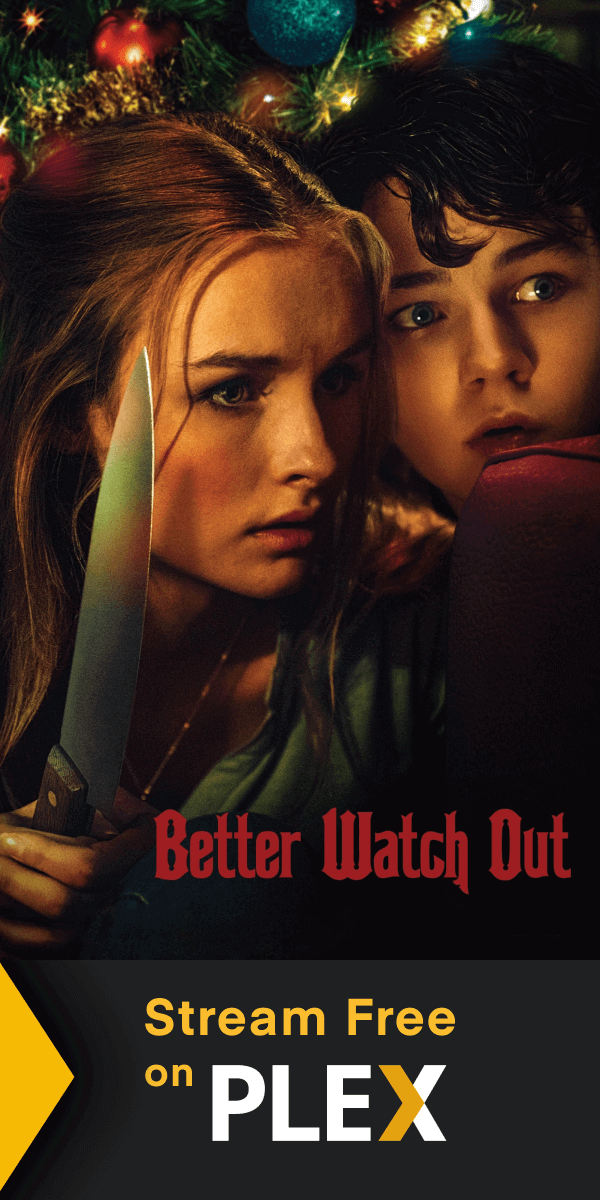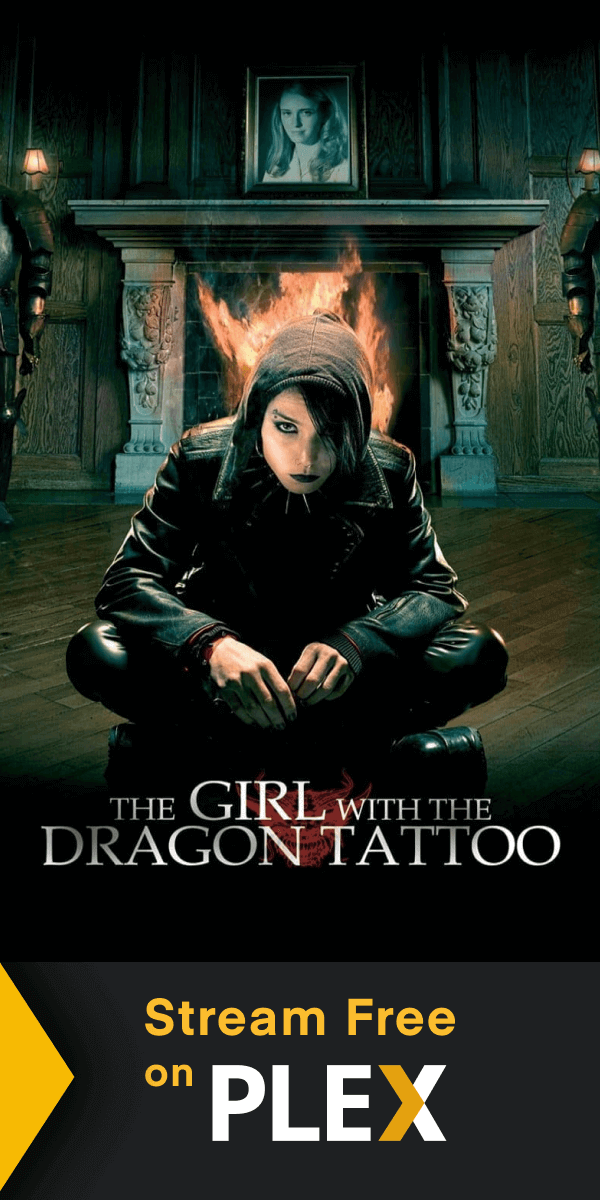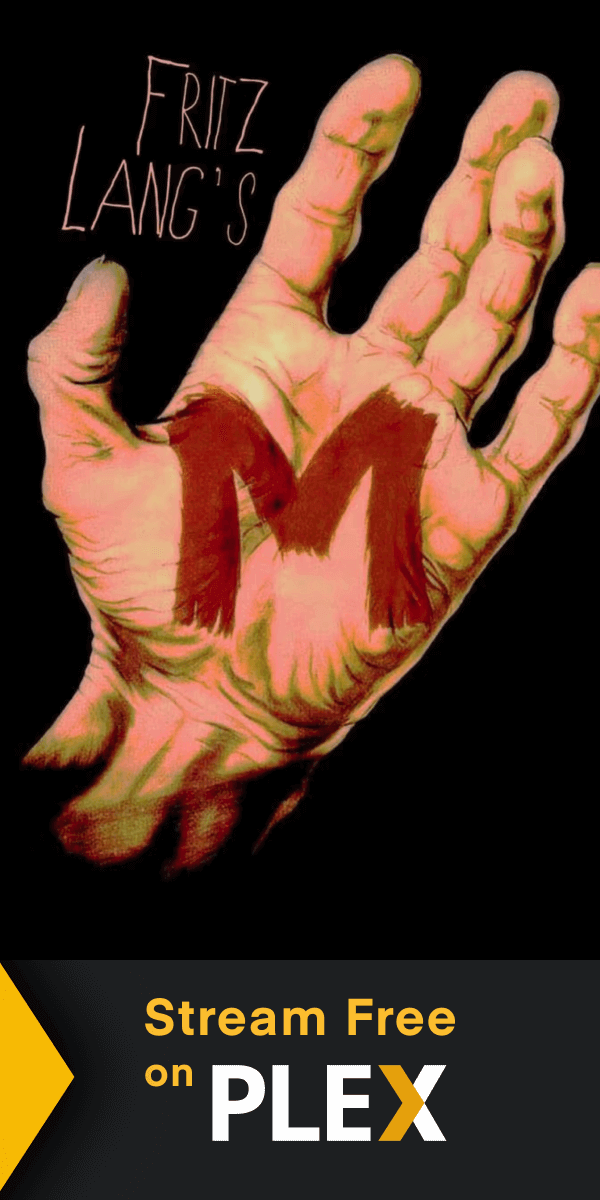If you haven’t seen Stir of Echoes, you should stop whatever you’re doing right now and immediately rectify that situation. The 1999 supernatural horror starring Kevin Bacon and Kathryn Erbe holds up way better than horror movies from two decades ago should, and in a way that’s creepy without being gross. I’m trying especially hard to not give any spoilers, but the movie explores what happens when Bacon’s character Tom is told to “open his mind” while under hypnosis. Soon after, he begins seeing images of a teenage girl (Jennifer Morrison) who doesn’t appear to be doing well to say the least. Determining if his mind has been opened to messages from beyond the grave or an early midlife crisis at the announcement of his wife’s second pregnancy is what the rest of the movie tries to answer. Also, very quick shout out to Zachary David Cope who plays the couple’s five-year-old son Jake. That’s now two movies in a row featuring a child where I didn’t want the child gone immediately.
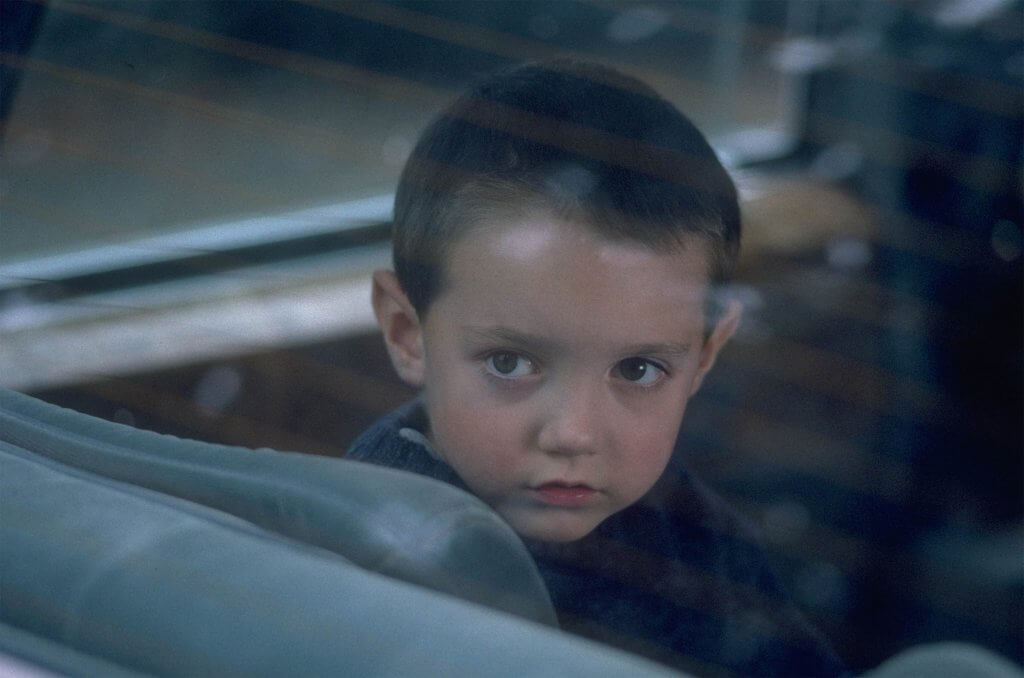
Just creepy enough to not be annoying, I love it.
But what surprised me most during my recent rewatch of the horror mystery wasn’t just that it’s actually better than I remembered. It’s that it’s set and filmed in Chicago. And, guys, I’m from Chicago! You’ll know this because Chicagoans reference where we’re were from. A lot. Thin crust pizza? No thank you, I’m from Chicago. Meaning that the movie took on an entirely new, deeper level you might not fully appreciate if you aren’t versed in the ways of the Second City. Don’t worry, this is where I come in. Let me explain to you why things that absolutely don’t matter really end up mattering in very important ways.
The Chicago Emotions
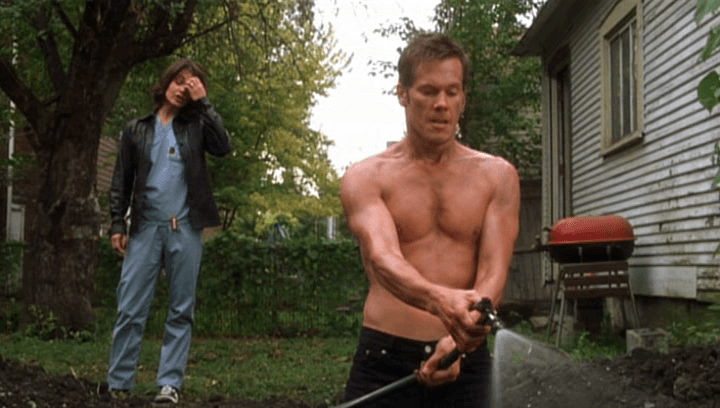 ...
...
You might have noticed that’s not a picture of emotions. That’s a picture of Kevin Bacon with his shirt off. But this scene in the movie (about three-quarters of the way in where Tom has gone completely off the rails) does illustrate a fundamental breakdown of what I call Chicago Emotions. Chicago Emotions is the immediate, sarcastic, or bitchy reaction to any news that would make someone feel anything other than completely happy followed by an equally immediate apology and disclosure of how the news made the haver of Chicago Emotions feel insecure or scared.
For instance, at the beginning of the movie, Maggie tells Tom she’s pregnant with their second child. Tom replies, “Bummer.” Which is not good, Tom. He then immediately apologizes, tells his wife he’s happy about the baby, he’s just worried that she thinks he’ll never amount to more than a phone lineman. His band never took off, but he wishes she knew that he doesn’t expect to be working the same crappy job the rest of his life. He’s going to be something.
Chicago Emotions.
The Chicago Emotion should not be interpreted as being a bad or unwelcome scene. This is how a large number of people I know communicate everything of importance. Involuntary rejection of feeling anything allowing for the subsequent feeling of everything. Tom and Maggie are great after he Chicago Emotes to her his fears of inadequacy brought up by having a second child and settling further into adulthood. She understands where he’s coming from and accepts his hesitation knowing they’ll work through it together. In the scene above, the issue isn’t actually that he’s digging holes all over the yard; it’s that he can’t explain to her why he’s doing it. In fact, if he’d been able to say, “I believe the ghost of a girl is using me to solve her murder but it might also be a mental break brought on by a fear of failure, and until I can figure out which one, I’ll be compelled to dig,” there’s a seventy-five percent chance she’d say, “Alright, but you’ll need to resod when you’re finished.” Because we are a gruff but compassionate people.
I should note, these do not take place in your WASP-ier transplants, even if they only grew up in the suburbs. You need to have lived in Chicago most of your life or have a large family who primarily lived/lives in Chicago. This is an import distinction because . . .
Locations

I need to start this segment by saying, if you set your film/TV show in Chicago and don’t film here, you will never hear the end of it. You know the worst part about My Best Friend’s Wedding? It surprisingly isn’t learning that the age Julia Roberts and Dermot Mulroney decided was so old they’d need to give up and marry each other was TWENTY-EIGHT.

No, it’s that despite picking up Julia Roberts at O’Hare, we’re shown Cameron Diaz driving north on Lake Shore Drive past McCormick Place before swerving wildly through traffic to get her “exit” by merging onto Lake Shore Drive just north of downtown. ONTO Lake Shore Drive. I knew all of those details off the top of my head. When you screw up that bad, Chicago remembers.
Because despite being the third-largest city in the U.S., Chicago is mostly about hyper-locality. Not which pizza place is best in the city, but what pizza place is best in your neighborhood. In fact, what neighborhood you’re currently living in says a lot about you. Your current neighborhood is also often compared to the neighborhood you used to live in. When you were a different person presumably. I know how ridiculous that sounds, but in the case of Tom, it’s central to why he was identified as the person in need of mind-opening and why everyone seemed more than a little distrustful of his odd behavior. Not that you need a reason to be distrustful of a guy tearing up his backyard, but in this case, it was mostly because he was an outsider.
Specifically, a Southsider. At the party near the beginning of the movie, Tom mentions he grew up in Bridgeport and Back of the Yards, both working-class neighborhoods on the South Side. He’s lived in Chicago his whole life, but feels like an outsider in their new neighborhood. That new neighborhood? Logan Square. 
The capital of both hipsters and gentrification in Chicago over the past twenty years, Logan Square was, at the time the movie came out, a reliably safe but not-yet expensive neighborhood to raise a family in. A “good neighborhood” as Tom’s friend Frank (Kevin Dunn) repeatedly insists. The kind of place where people knew and looked out for each other, but where you could still find a nice, single-family home to rent for $800 a month. And now we are laughing in 2022 Dollars.
Tom might be a nice guy, but he doesn’t come from a “good neighborhood.” Or at least that’s the overwhelming perception of him. He’s from the South Side which means poverty, crime, and probably a loose moral character. (Maggie seems to have been raised somewhere roughly an hour north of the city, and as such, her background does not warrant discussing.) Meaning that as Tom becomes more and more convinced that he’s being haunted by the ghost of a murdered neighborhood girl, those close to him become more and more suspicious. He’s not from here, he maybe doesn’t belong here, and he’s asking all kinds of questions about the good people who do live in this neighborhood. The good people who just happened to have assaulted a developmentally delayed teenage girl, murdered her, and then covered up her murder by bricking her up behind a wall. You know, good people. Good people who were also ready to murder Tom to keep their secret buried. Literally.
Now I do need to clarify that not having this additional knowledge doesn’t make the movie bad. It just adds a layer of doubt that was hard for me to shake, and I’ve seen the movie before. The feeling of needing to relearn a city you’ve lived in your entire life because you moved a few miles away is a disconcerting reality for a lot of Chicagoans (did you know some neighborhoods don’t allow dibs?!). The movie taps into that feeling of being unhome at home, and being unsure of yourself in your most familiar surroundings. There’s something off, and Tom knows it. We’re just not sure if it’s him or the city. By humanizing both the reasons why they wouldn’t trust him (he’s acting like a nutjob and uncharacteristically unable to talk about it) and the reasons they wouldn’t trust him (they’re kind of insular jags who look with suspicion upon any outsider, especially those from the South Side), the movie elevates the common horror tropes to expose the genuinely disturbing tendencies almost all of us have. They just gloriously chose to do it in the Chicago way.
Stir of Echoes
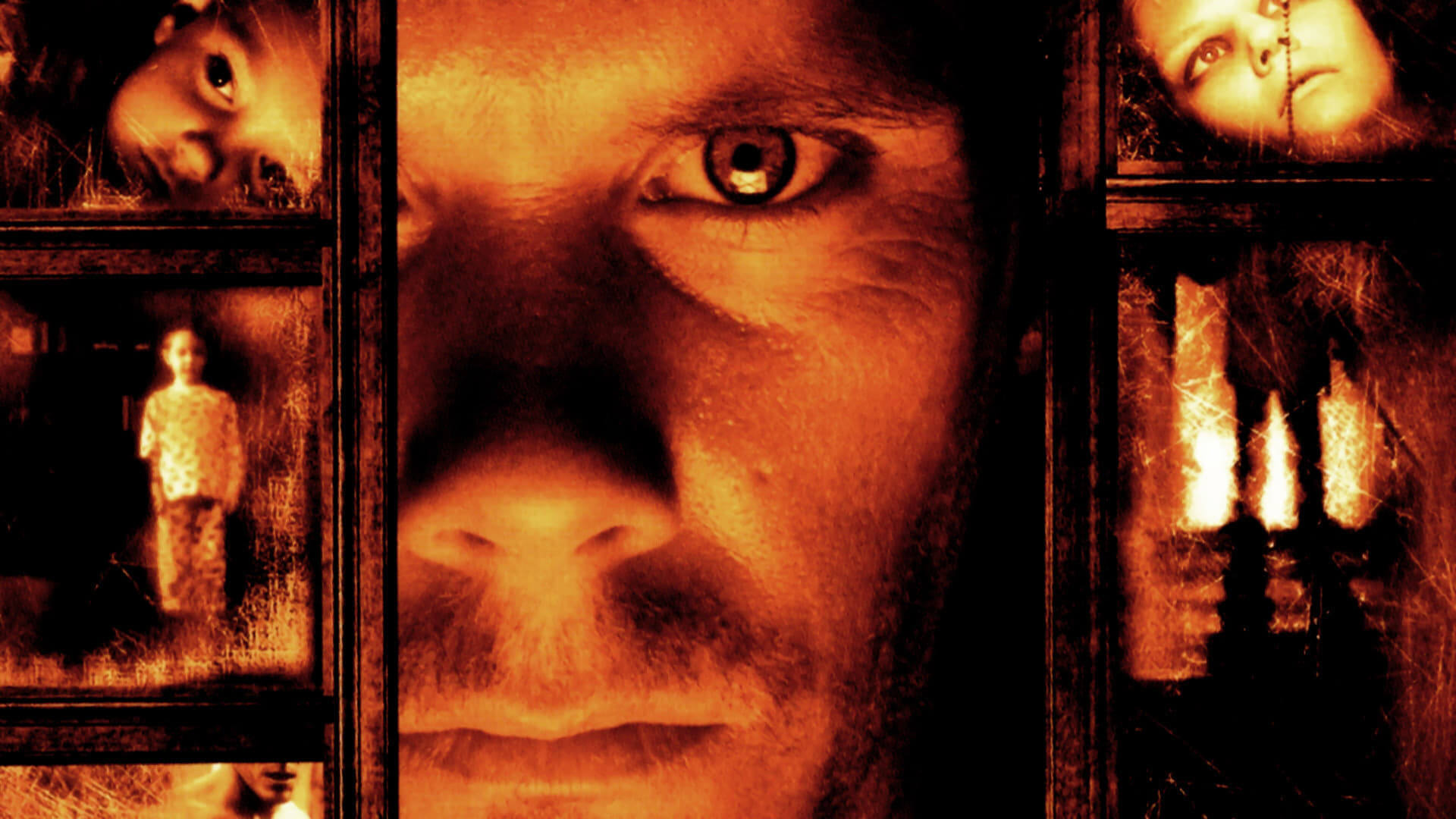
...
More on Plex:
The Wailing
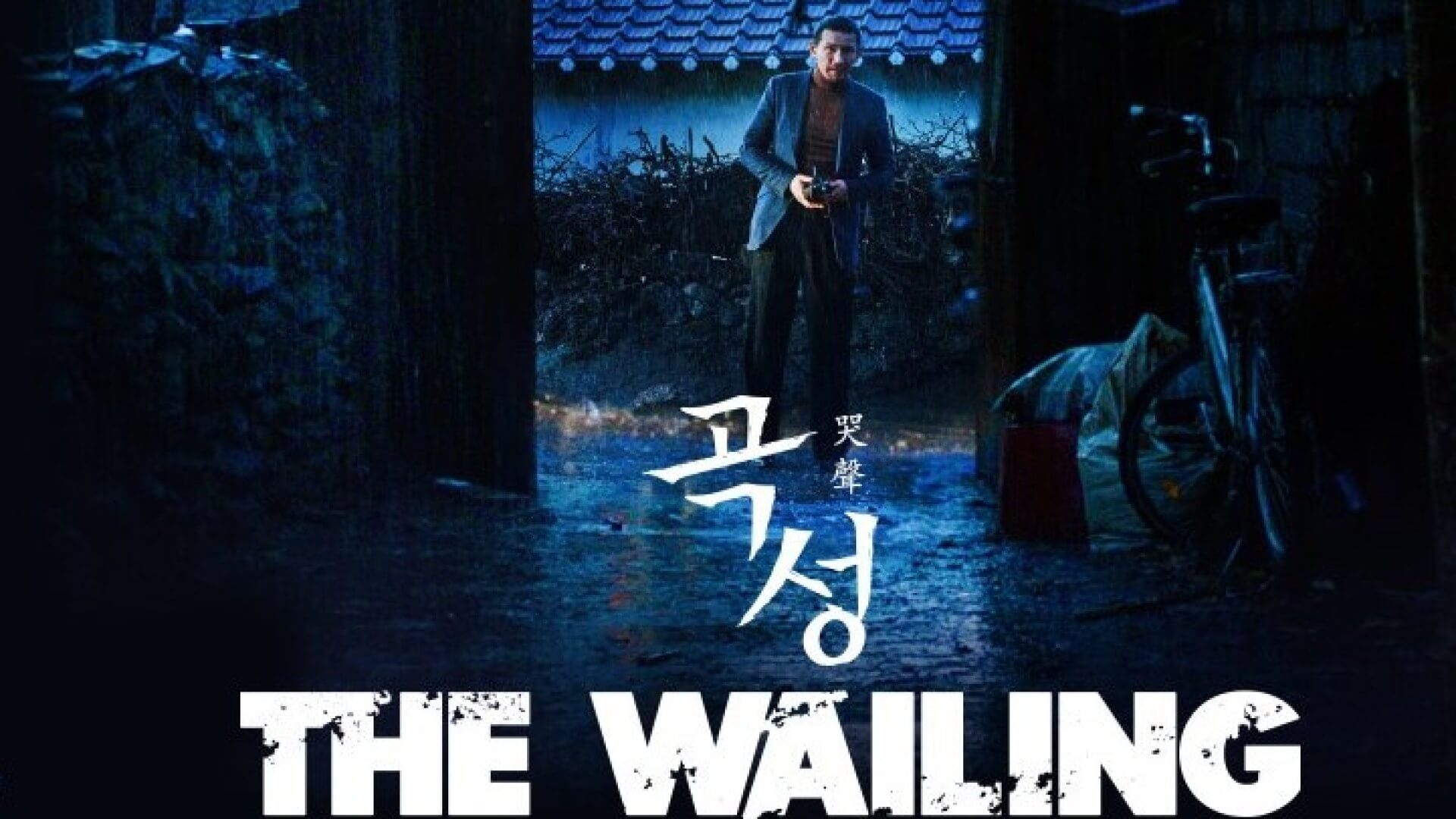
...




